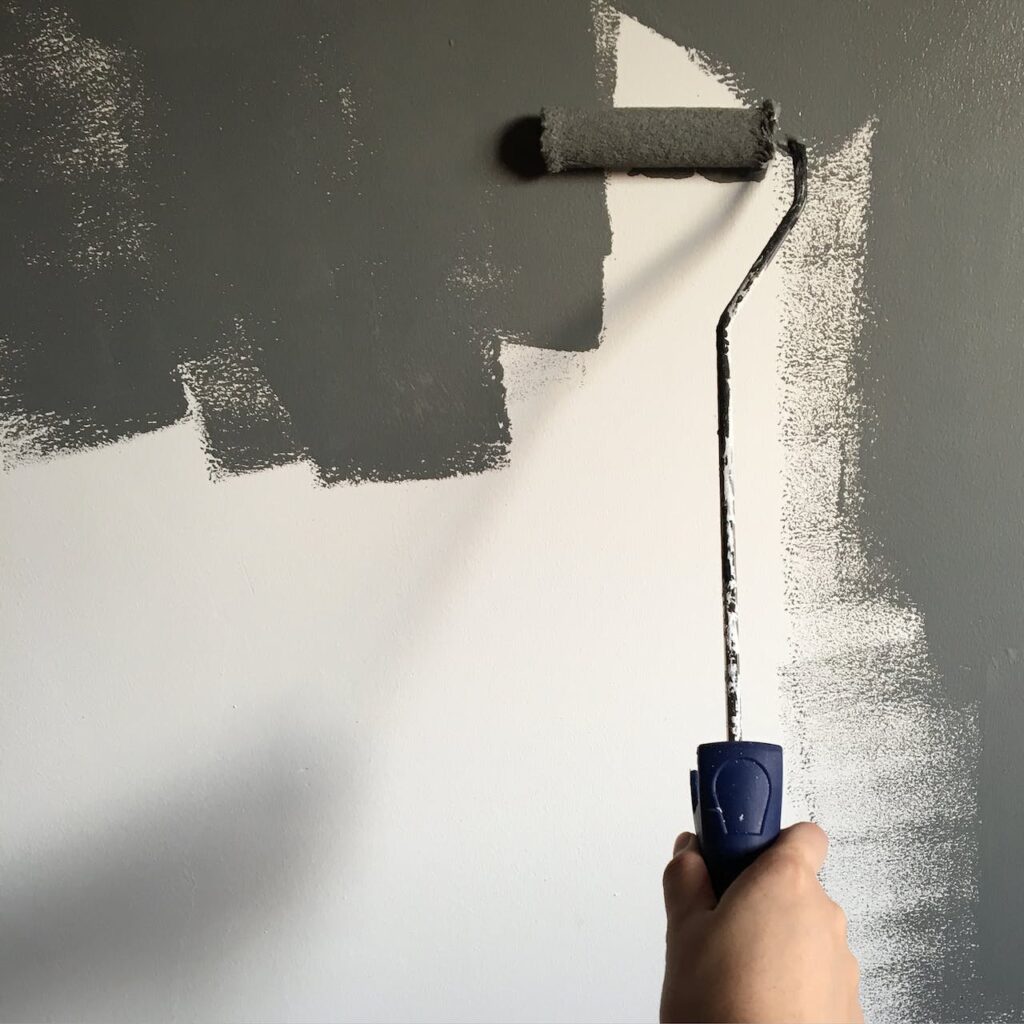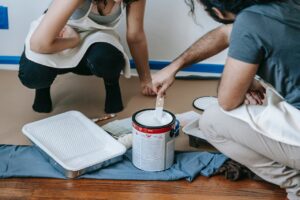Embarking on a home painting project is an exciting endeavor that promises to breathe new life into your living spaces. However, the key to unlocking the full potential of this transformation lies in the often-overlooked step of thorough painting preparation. In this comprehensive exploration, we will delve into the seven transformative benefits that meticulous home painting preparation brings to homeowners, transcending the mundane act of applying paint to walls and ceilings.
Table of Contents
Toggle1. Prolonged Aesthetic Appeal: The Art Of Timeless Beauty
One of the most immediate and visible benefits of thorough home painting preparation is the creation of a canvas that ensures prolonged aesthetic appeal. Surfaces, over time, accumulate imperfections, cracks, and blemishes that can detract from the visual allure of a painted space. Thorough preparation, including cleaning, sanding, and priming, sets the stage for a flawless paint application. This meticulous approach not only enhances the overall aesthetic appeal but also ensures that the beauty of the painted surfaces endures, providing homeowners with a visually stunning environment for years to come.
2. Longevity And Durability: A Shield Against Wear And Tear
Home surfaces are subject to daily wear and tear, whether from the hustle and bustle of family life or the impact of environmental elements. Thorough painting preparation acts as a protective shield, enhancing the durability and longevity of the paint job. Proper surface preparation, including the use of quality primers and paints, creates a resilient barrier that can withstand the challenges posed by daily life. This not only preserves the integrity of the painted surfaces but also minimizes the need for frequent touch-ups, saving homeowners both time and resources in the long run.
3. Enhanced Indoor Air Quality: Breathing Life Into Living Spaces
The materials used in homes, including walls and ceilings, can impact indoor air quality. Thorough painting preparation involves addressing potential issues such as mold, mildew, and contaminants that may be present on surfaces. Cleaning, priming, and using low-VOC (volatile organic compound) paints contribute to improved indoor air quality, creating a healthier living environment for homeowners and their families. As the paint cures and dries, it releases fewer harmful substances into the air, promoting a safer and more comfortable home.
4. Cost-Efficiency In The Long Run: Investing Wisely
While the prospect of investing time and resources in thorough painting preparation may seem daunting initially, it is a strategic move towards long-term cost-efficiency. Proper preparation reduces the likelihood of paint failure, minimizing the need for frequent repainting and touch-ups. Homeowners who prioritize meticulous preparation find themselves saving money in the long run, as their well-prepared paint jobs remain vibrant and attractive for extended periods, reducing the frequency of maintenance and repainting expenses.
5. Boosted Property Value: Aesthetic Investments Pay Dividends
Homeownership is not just a personal haven; it’s also a financial investment. Thorough painting preparation contributes significantly to enhancing the property’s curb appeal and overall value. Potential buyers are often drawn to homes that exude a sense of care and attention to detail. A well-prepared paint job not only showcases the homeowner’s commitment to maintenance but also adds a touch of professionalism to the property. This can translate into increased resale value, making the initial investment in thorough preparation a wise and lucrative decision for homeowners.
6. Personalization And Creative Expression: Crafting Your Space
Thorough home painting preparation serves as the blank canvas on which homeowners can unleash their creativity and personalize their living spaces. From selecting the perfect color palette to experimenting with textures and finishes, the preparation phase provides the opportunity to envision and execute a personalized vision. Well-prepared surfaces respond better to creative techniques, allowing homeowners to express their individuality and create a living environment that truly reflects their taste and style.
7. Environmental Responsibility: Green Practices For Greener Homes
In an era where environmental consciousness is paramount, homeowners can contribute to sustainable practices through their choice of painting materials and preparation methods. Thorough preparation involves the use of environmentally friendly products, such as low-VOC and eco-friendly paints. Additionally, proper disposal of painting-related materials and adherence to eco-conscious practices during preparation showcases a commitment to environmental responsibility. By opting for green painting practices, homeowners not only create a healthier living space but also play a part in preserving the planet for future generations.
Conclusion:
The journey of home painting transcends the mere act of applying color to walls; it is an art form that, when approached with meticulous preparation, yields transformative benefits for homeowners. From prolonged aesthetic appeal to enhanced durability, and improved indoor air quality to boosted property value, the advantages of thorough home painting preparation are multifaceted. As homeowners embark on the exciting endeavor of transforming their living spaces, understanding and embracing the significance of preparation is the key to unlocking the full spectrum of benefits that this often-overlooked step brings to the canvas of home improvement.
Ready For A Home Makeover With Stunning Paintwork?
Welcome to PaintMasters, Concord, California’s leading expert in home painting preparation and execution. Since 1994, we’ve been transforming living spaces, from quaint homes to bustling offices and everything in between. Our approach to painting is more than just applying a new color; it’s about preparing your space to ensure a flawless finish. With state-of-the-art tools like our 15,000 CFM spray booth, we guarantee a result that’s not just seen but felt.
At PaintMasters, we offer more than just a fresh coat of paint. Our comprehensive services include meticulous preparation steps such as sanding, priming, and drywall repair, ensuring your walls are perfectly prepped before any color is applied. Our experienced team combines their expertise in various aspects of home preparation to rejuvenate and transform your space, making it look and feel reborn. We’re committed to excellence on the first try, providing you with a smooth and enjoyable home makeover experience.
Are you ready to reinvent your home with impeccable paintwork? At PaintMasters, we’re not just about painting; we’re about creating a lasting impression of quality and beauty. Contact us today to start your journey towards a beautifully transformed home. Let’s work together to turn your vision into a reality, crafting spaces that resonate with style and elegance. Experience the PaintMasters difference – where every stroke is a step towards perfection. Get in touch now to begin your home’s transformation!


